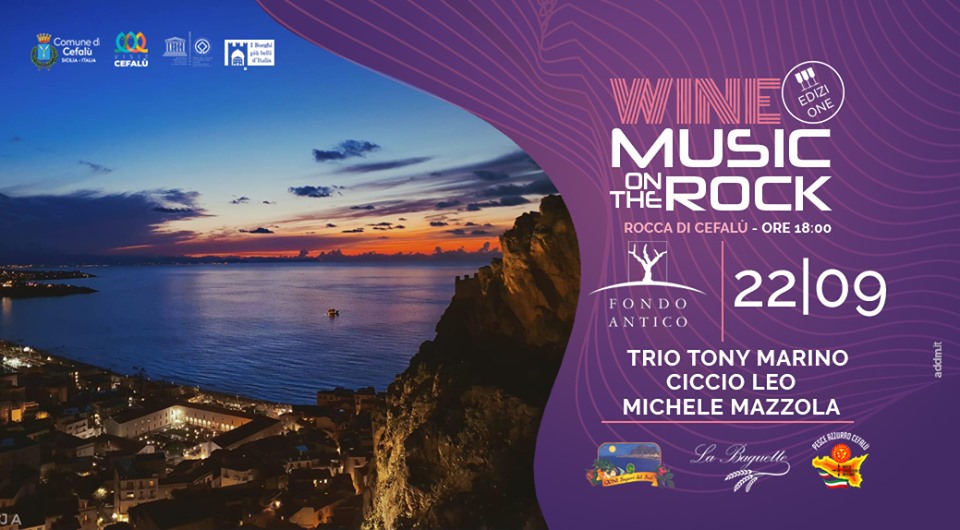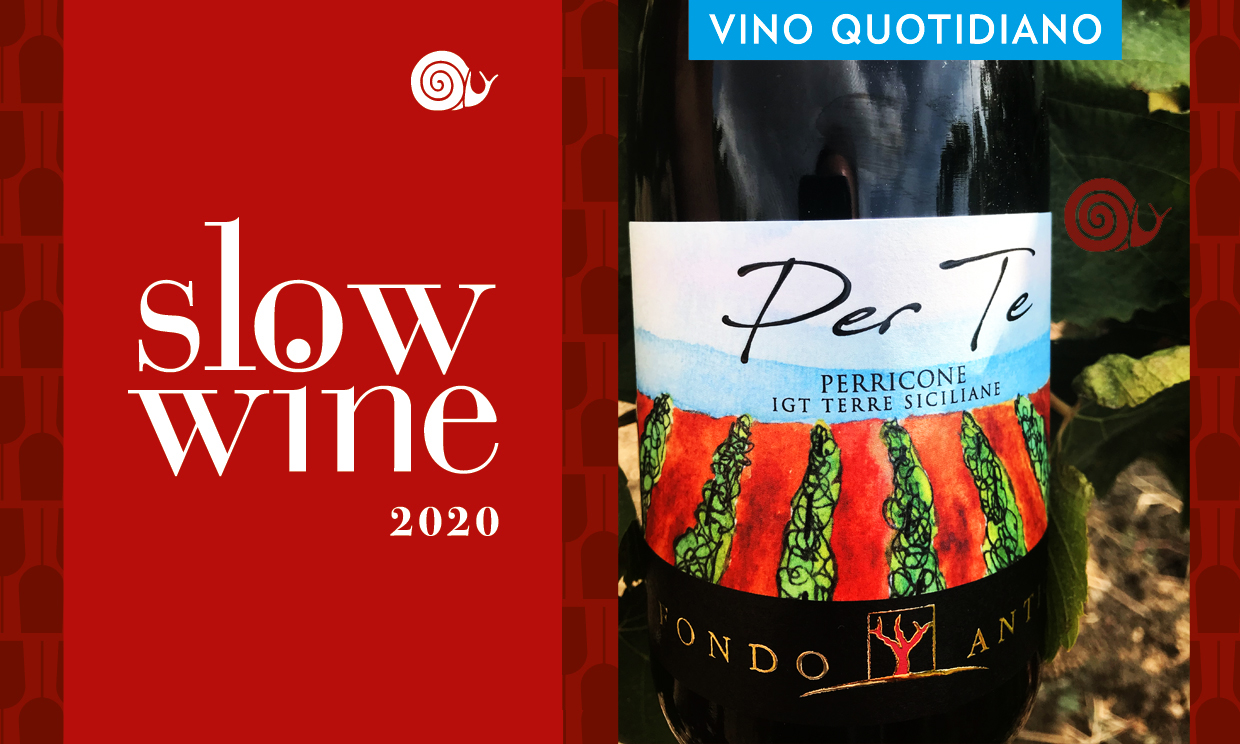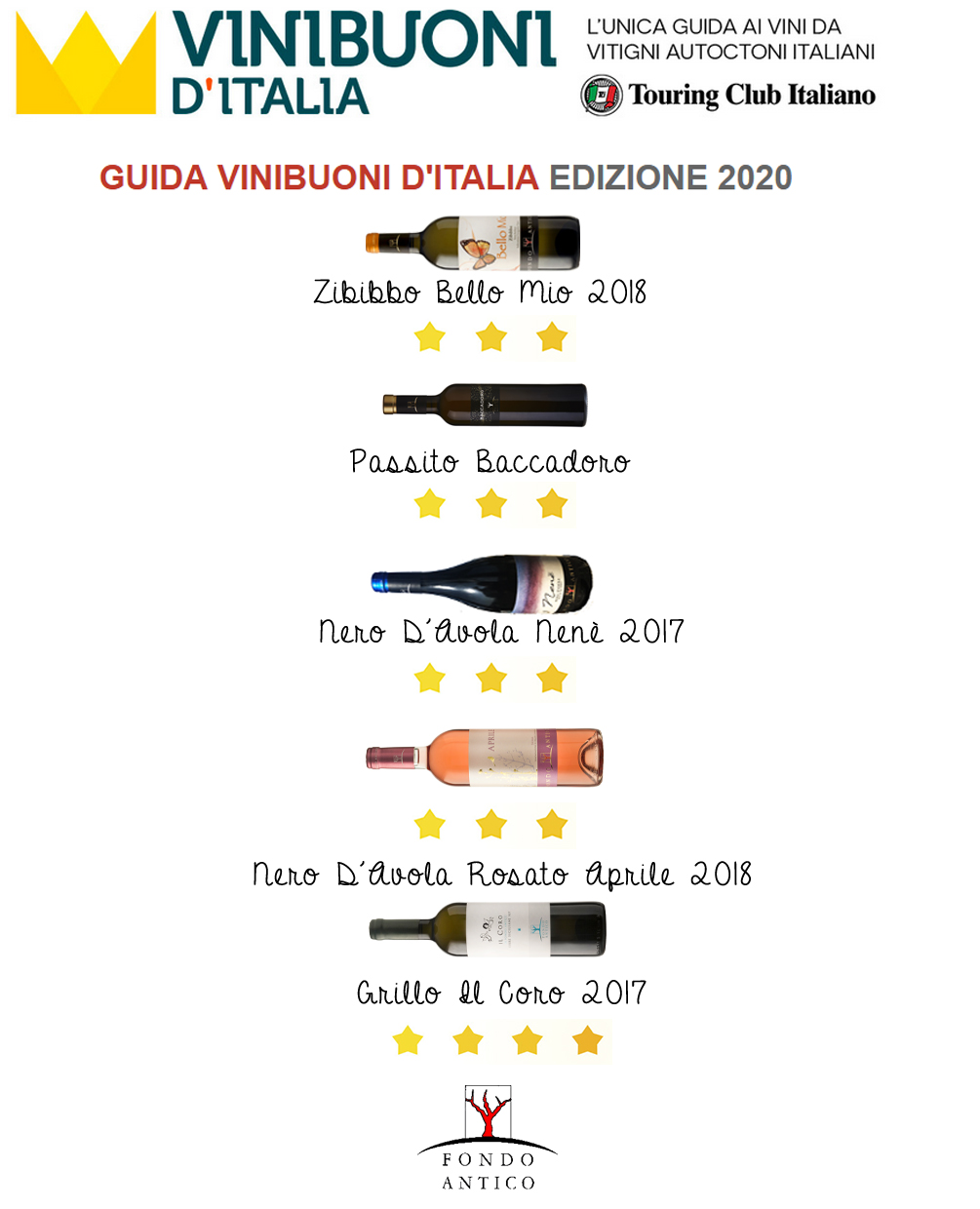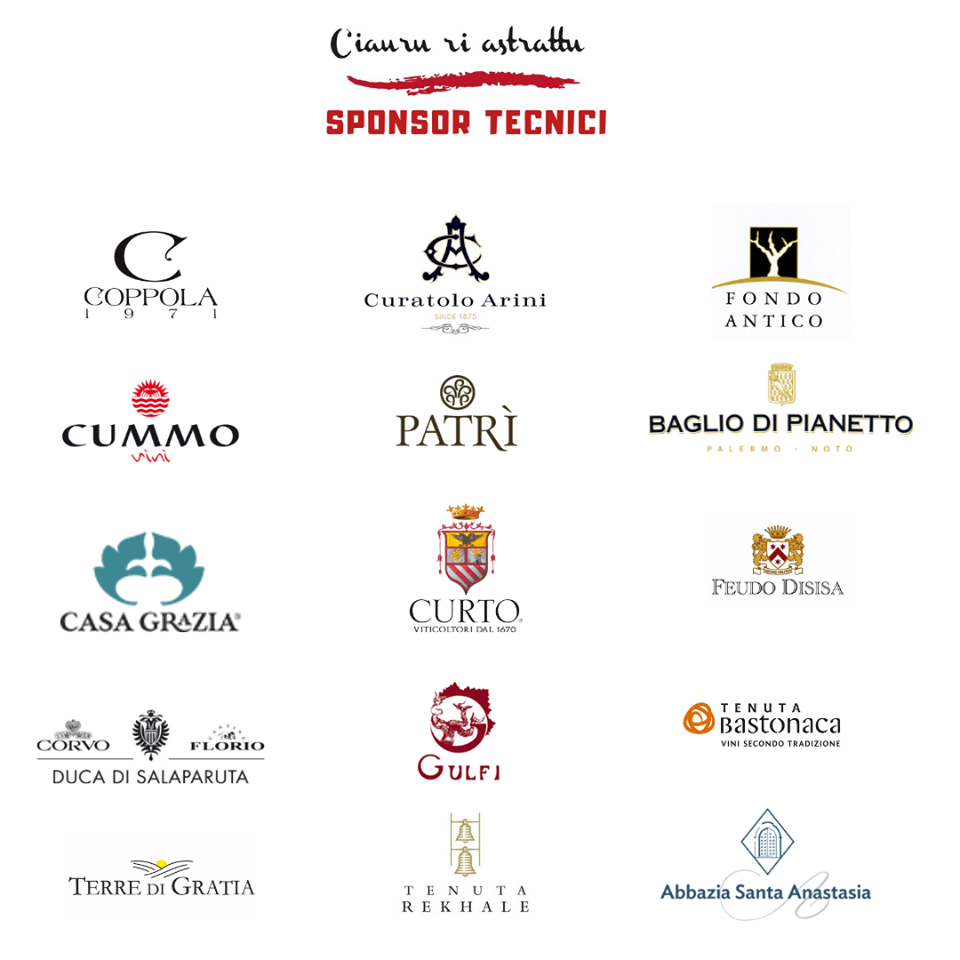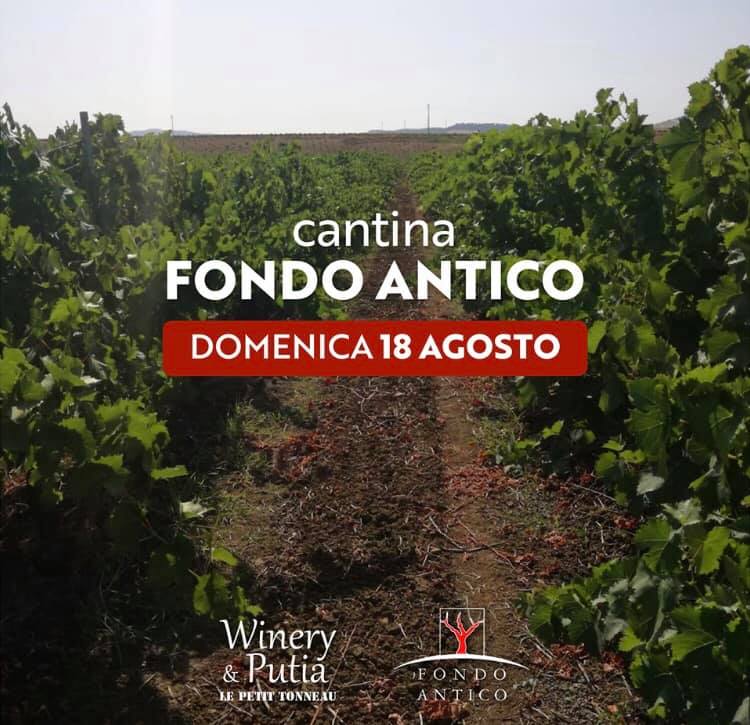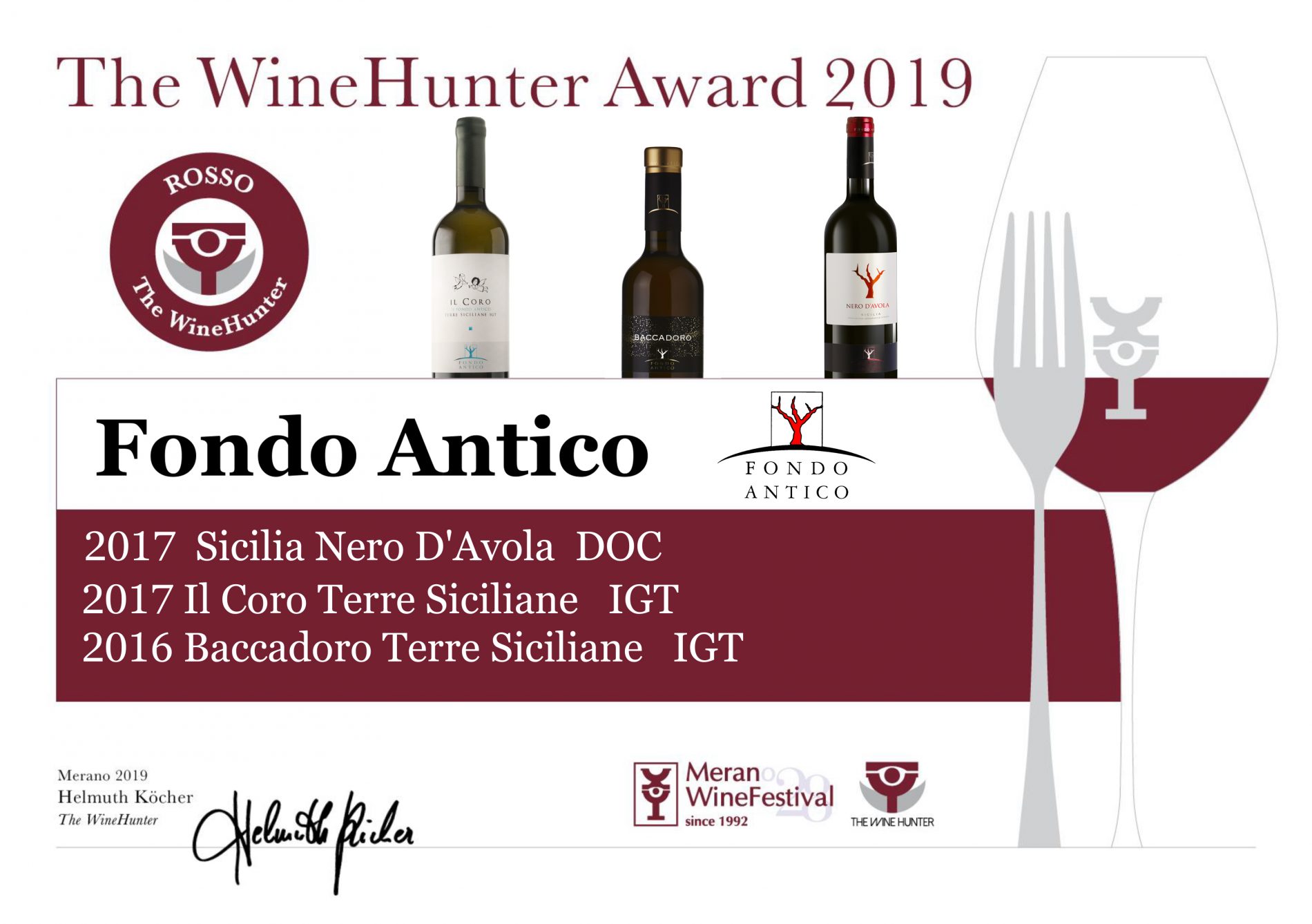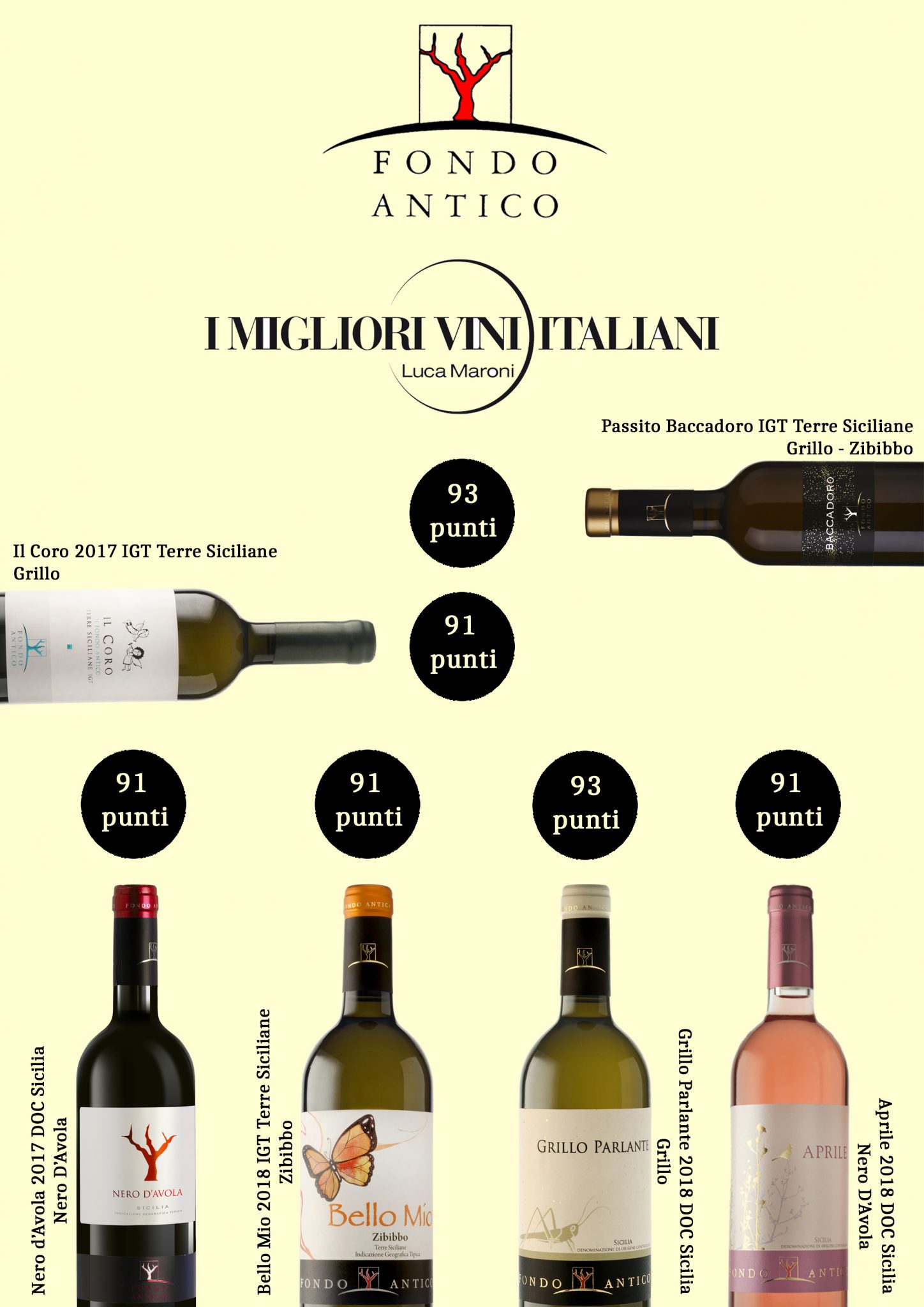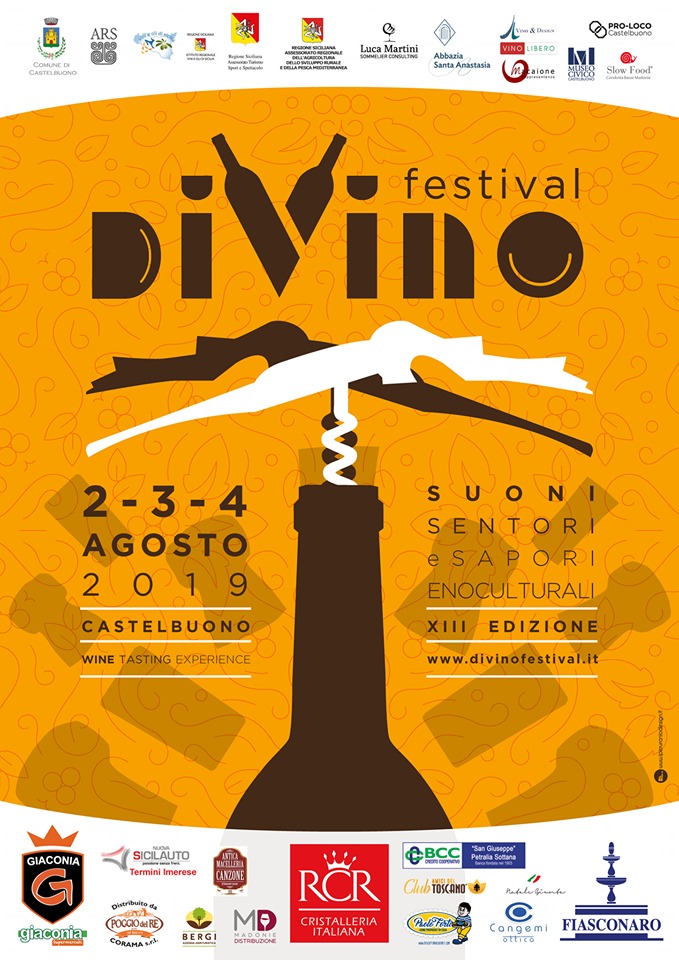For the last day of summer, Wine Music On The Rock is back with the last appointment of the summer season 2019, in one of the most suggestive locations of Cefalù (PA): La Rocca
You could watch the sunset in one of the most beautiful villages in Italy, sipping Sicilian wine and listening to good music: this is the mix of ingredients that makes Wine Music On The Rock an unmissable Sunday appointment.
We are waiting for you on 22 September 2019 at 6.30 pm
Wine Sponser: Fondo Antico
Wine Partner: Fondo Antico – Trapani
Fondo Antico was founded in 1995 by Giuseppe Polizzotti, that would promote his land and give voice to its vineyards. Owners for over 100 years of the Estate, the Polizzotti Family decided built a winery and started to produce fine wines. Initially oriented to cultivate international varieties, after careful considerations, Fondo Antico realized that the best way to enhance the Western Sicily was to focus on native grapes. In 2000, from the first harvest, were born international wines, but in 2004 they began to build their own personal identity, starting to produce wines made by autoconous grapes.
www.fondoantico.it
email: info@fondoantico.it
phone: +39(0)923.864339
fax: +39(0)923.865151
Partner:
Visit Cefalù
Pesce Azzurro Cefalù
La Baguette
GIO.NI.
